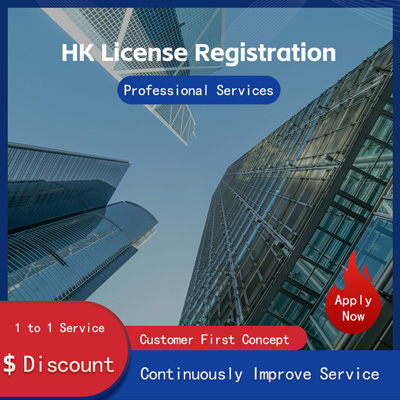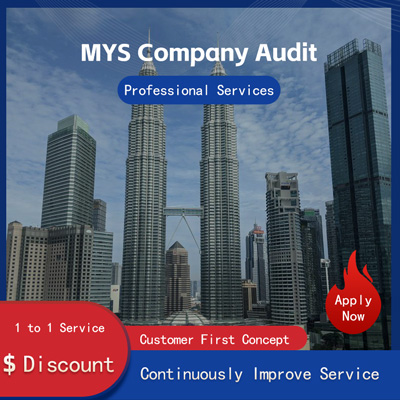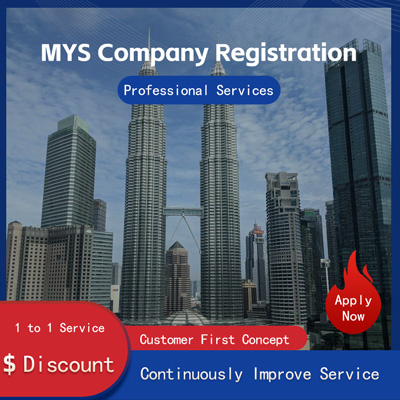
Key Features of Ocean Transport and Analysis of Its Advantages and Disadvantages
What Are the Characteristics of Ocean Transport? Analysis of the Advantages and Disadvantages of Sea Freight
With the acceleration of globalization, international trade has become increasingly frequent, and as an important part of the global logistics system, ocean transport plays an indispensable role in this process. It not only facilitates the cross-border flow of large quantities of goods but also, with its unique advantages, has become one of the main transportation methods chosen by many enterprises. However, no matter how good something is, it has two sides. Ocean transport is not without its flaws. This article will conduct a thorough analysis of ocean transport from three aspects characteristics, advantages, and disadvantages.

Firstly, ocean transport has obvious economic benefits and economies of scale. According to statistics from the International Maritime Association, the container throughput at major ports worldwide increased by approximately 7% in the first half of 2025, with Chinese coastal ports contributing nearly half of this growth. This growth is due to the low cost of ocean transport. Compared with air or road transport, ships can carry more cargo and consume relatively less fuel, significantly reducing the unit weight transportation cost. For example, on the Asia-Europe route, the cost of transporting one standard container by sea is only about one-tenth that of air transport. Since ships can sail continuously for long periods, a single voyage covers a distance far greater than other modes of transport, further reducing the unit distance transportation cost. For bulk goods or low-value commodities, ocean transport is undoubtedly the best choice.
Secondly, ocean transport has high safety and reliability. In recent years, with technological advancements and improved management standards, the maritime accident rate has been declining year by year. According to reports released by the World Maritime University, the number of major shipwrecks occurring globally over the past five years has decreased by more than 40%. At the same time, modern vessels are equipped with advanced navigation systems, automatic collision avoidance devices, and emergency rescue facilities, effectively enhancing navigation safety levels. Additionally, the international shipping industry has established comprehensive insurance mechanisms and accountability tracking systems, providing extra protection for cargo owners. When unexpected situations occur, insurance companies usually cover corresponding compensation responsibilities, thereby reducing the risk exposure for cargo owners. These factors together form a safety barrier for ocean transport.
However, ocean transport is not without shortcomings. The primary issue is speed. Compared with high-speed rail or airplanes, the operating speed of ships is significantly slower. For instance, traveling from Shanghai to Los Angeles via the trans-Pacific route takes approximately 15 days, whereas covering the same distance by air takes just a few hours. Although slower speed does not hinder the transportation needs of non-urgent goods, it appears inadequate for products requiring high timeliness. For example, electronics manufacturers often need to quickly deliver new products to seize market opportunities; in such cases, they tend to opt for air freight rather than sea freight. Weather conditions also pose a significant drawback for ocean transport. Strong winds, huge waves, and even typhoons can force ships to delay departure or alter routes, thus affecting the stability of the entire supply chain. Last year at the end of the year, affected by an unprecedented cold snap, several ports along the west coast of North America experienced congestion lasting about a week, resulting in some orders being delayed.
Additionally, environmental protection pressures cannot be ignored. Despite certain progress in the development of new energy ships in recent years, traditional fuel-powered vessels remain the mainstream choice. According to data provided by environmental organizations, the global shipping industry emits approximately 3% of the world's total carbon dioxide emissions annually, and this figure continues to rise. To address the increasingly severe environmental challenges, countries have introduced various policies and regulations. For example, the EU plans to ban high-pollution ships from entering its jurisdictional waters starting in 2025. This poses higher requirements for traditional shipping companies while also creating new development opportunities, such as the application of clean energy technologies and green port construction.
In conclusion, ocean transport holds an important position in international trade thanks to its economic efficiency, safety, and economies of scale. However, we must also face its limitations, including slow speed, susceptibility to weather conditions, and environmental pressures. In the future, with the advancement of technology and changes in social demands, ocean transport will inevitably move toward more efficient and environmentally friendly directions. Enterprises and relevant institutions should actively embrace change and explore innovative solutions to achieve sustainable development goals.
Still have questions after reading? More than 98,000 users have contacted us. Please fill in the following information to obtain business information.

Previous Article
Comprehensive Analysis of Cross-Border Logistics Cost Control Full Process Interpretation from EXW to DDP
May 25, 2025Service Scope
MoreRecommended for You
- SF Express International Business Overview
- Common Additional Fees for International Air Express Explained
- In-depth Analysis of Canada Ocean Freight Logistics Pricing Structure and Shipping Cost Calculation Method
- China-UK Rail Freight's New Momentum Reshaping Cross-border Logistics Dynamics in China-Europe Trade
- Air Freight FBA vs. Sea Freight In-Depth Analysis of Logistics Mode Selection Decision Models
- FBA First Leg Air Freight Logistics Transit Time Billing Methods Explained
- Counterfeit Goods in Cross-Border Logistics How Customs Identifies Fakes and the Challenges Involved
- Analysis of Matson Express Vessel's Charging Standards and Operational Process
- Must-See for Cross-Border Sellers! Guide to Avoiding Common Air Freight FBA First-Mile Logistics Traps, Saving You Time and Money
- FBA First Mile Logistics Pricing Quick Direct FBA First Mile Service Price List
- What is US FBA Sea Freight? - A Comparison with Traditional Ocean Shipping
- U.S. FBA Transport Breakthrough In-Depth Analysis and Tactical Guide on Air Freight Mode
- How to Choose Between Matson Express and Standard Ocean Freight for Cross-Border E-Commerce Sellers?
- U.S. FBA Air Freight Process and Customs Clearance Requirements Analysis
- High US FBA First-Mile Logistics Costs? These Tips Can Help Reduce Expenses!
- Key Considerations and Advantages of International Sea Freight Logistics
- U.S. Sea Freight Logistics Explained
- Air Freight FBA First Leg Cargo Detained Solutions for Customs Clearance Issues Prevention Strategies
- How to Avoid Customs Seizures in Cross-Border E-Commerce Logistics A Strategic Analysis
- FBA First-Mile Logistics Unlocking the Key to Efficient Cross-Border E-Commerce Operations


 ONE
ONE








Customer Reviews
Small *** Table
December 12, 2024The experience was very good. I was still struggling to compare it with other companies. I went to the site a few days ago and wanted to implement it as soon as possible. I didn't expect that everything exceeded my expectations. The company is very large, with several hundred square meters. The employees are also dedicated and responsible. There is also a wall of certificates. I placed an order on the spot. It turned out that I did not make a wrong choice. The company's service attitude is very good and professional. The person who contacted me explained various things in detail in advance. After placing the order, the follow-up was also very timely, and they took the initiative to report the progress to me. In short, I am very satisfied and recommend this company!
Lin *** e
December 18, 2024When I first consulted customer service, they recommended an agent to me. They were very professional and patient and provided excellent service. They answered my questions as they came in. This 2-to-1 service model is very thoughtful. I had a lot of questions that I didn’t understand, and it’s not easy to register a company in Hong Kong. Fortunately, I have you.
t *** 7
December 19, 2024I originally thought that they only did mainland business, but I didn’t expect that they had been doing Hong Kong business and were doing very well. After the on-site interview, I decided to ask them to arrange the registration of my Hong Kong company. They helped me complete it very quickly and provided all the necessary information. The efficiency was awesome. It turns out that professional things should be done by professionals.👍
b *** 5
December 16, 2024In order to register a company in Hong Kong, I compared many platforms and stores and finally chose this store. The merchant said that they have been operating offline for more than 10 years and are indeed an old team of corporate services. The efficiency is first-class, and the customer service is also very professional.